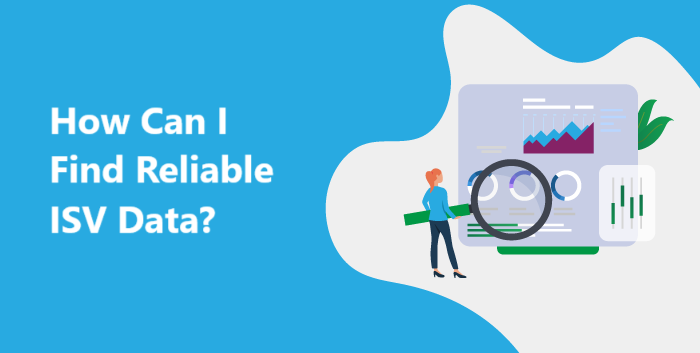The steps that follow should push leads down the sales funnel and get you to the negotiation table. In order to improve lead conversion rates, it’s important to see the big picture when it comes to lead generation, pre-sales follow-up and post-sales analysis. Here are a few tips to help you improve your lead conversion rates along each step of the journey.
Tip #1: Rank leads by level of interest
Not all leads are created equal and when you run a lead generation program, which means you will inevitably come across leads with different levels of maturity. It is important to determine your definition of a qualified opportunity before you get started, taking into consideration the fact that you will need to treat sales-qualified leads (SQL) differently from marketing-qualified leads (MQL). Segmenting data sets and running specific sub-campaigns using e-mail marketing or social selling will help educate and nurture longer-term opportunities so that your sales team can focus their efforts on leads that present greater short-term deal potential. By asking prospects questions related to their immediate needs, or project timeframe, you should be able to distinguish between the two and take the appropriate next step whether that be to include the lead in a nurture pipeline or schedule a sales appointment.
Tip #2: Create a battle card
Knowing your buyer personas so that you come prepared to answer frequently asked questions, counter-argue negatives, and put forth your value proposition in a clear and concise way will help you craft messages that resonate with your target audience. Having a battle card on hand will help you avoid embarrassing situations so you can respond to difficult case scenarios with ease. It keeps all of your key messages in one place and serves as a guide when you have begun to engage prospects in a discussion, whether that be on the phone, or across channels (social media and e-mail, for example). Update your battle card as needed and refer to it until you know your stuff inside and out.
Tip #3: Timely lead follow-up
When a prospect shows interest in a sales meeting, it is important to follow up that lead immediately. It is unreasonable to expect a prospect to take the initiative to contact you, so don’t sit around waiting for that to happen — get in touch with the lead by phone, e-mail and/or LinkedIn before the lead has the time to go cold. This is probably the most critical aspect in the process; if sales-qualified leads are not followed-up in a timely manner, they will be lost. We recommend following up each SQL by phone within 48 hours of identification in order to schedule a meeting (face-to-face or online) within a two-week timeframe.
Tip #4: Deliver a persuasive product demo
Research shows that product demonstrations can make or break sales deals. It’s important that you ask a prospect what he/she is looking to get out of a product demo before you schedule one, and that you take their job function into account when preparing your presentation; prospects with technical decision-making power are likely to be interested in techy aspects of the product, whereas functional decision-makers may be more attentive to specific (user) features or business benefits. Don’t hesitate to loop in experts that can accompany you as added support in order to make your demo a success.
Tip #5: Add win/loss analysis to improve your sales process
Win-loss analysis is the process of interviewing prospects after they have gone through a sales cycle and either purchased your product or chosen an alternative. Understanding why you won or lost a deal can help you improve your sales process by pinpointing what you are doing right, and what areas you need to work on. Understanding how you measure up against your competitors will keep you at the top of your game, and may even give you an edge when it comes to your product development roadmap. This post-sales evaluation should not be ignored if you want to improve conversion rates.
Conclusion
The relationship between marketing and sales should be an active collaboration, working hand-in-hand. Sales feedback is key in order to improve the quality of leads generated by marketing teams; sometimes information may be missing in order for sales to consider a lead worth pursuing, but marketing can’t capture that information if they don’t know to look for it in the first place. Gaps like this are often the source of frustration and resentment, but by increasing communication between sales and marketing teams, defining expectations, and working together to convert leads into sales, synergy should be created between the two. Having a holistic approach to outreach, nurturing, and leads follow-up is the best way to ensure that prospects turn into paying customers.








